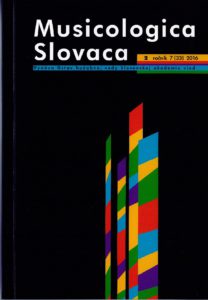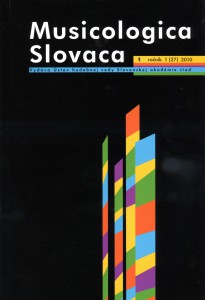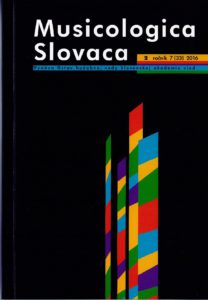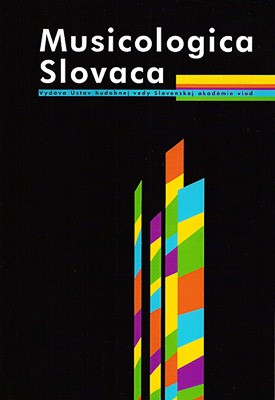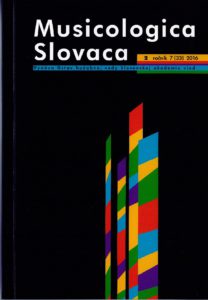
Ľubomír Chalupka: Generačné a štýlové konfrontácie. Sprievodca slovenskou hudbou 20. storočia II
Ľubomír Chalupka: Generačné a štýlové konfrontácie. Sprievodca slovenskou hudbou 20. storočia II. (1951 – 2000). Bratislava : Univerzita Komenského v Bratislave, 2018, 879 s. ISBN 978-80-223-4585-9
More...
